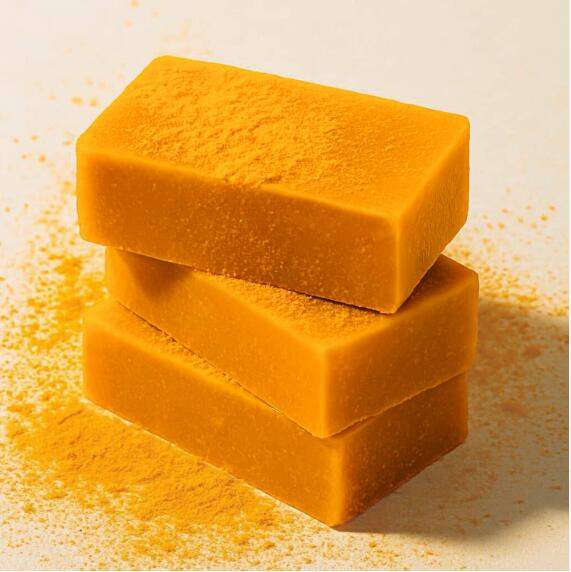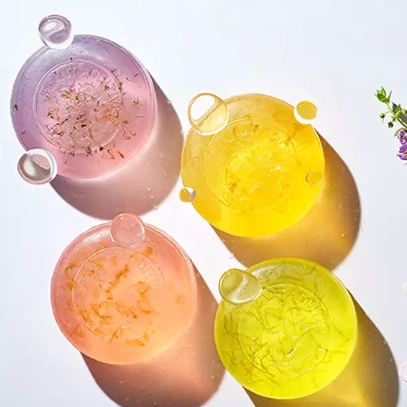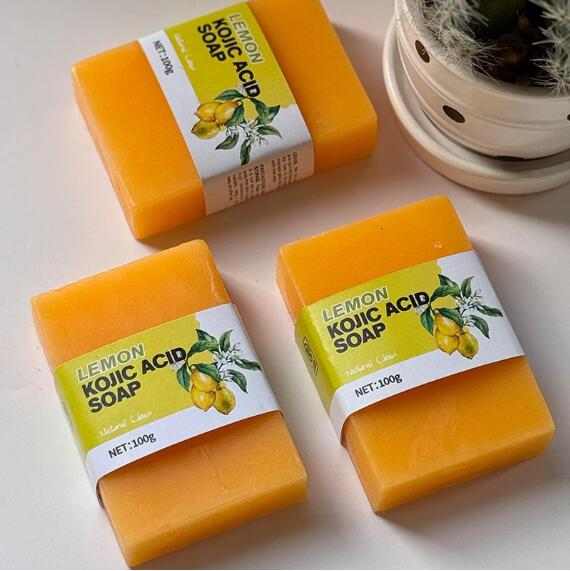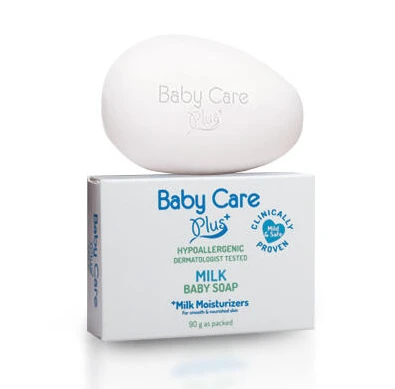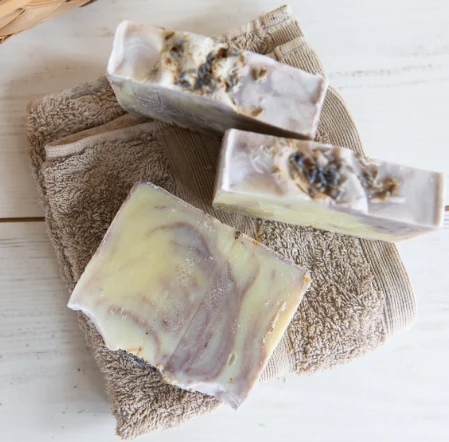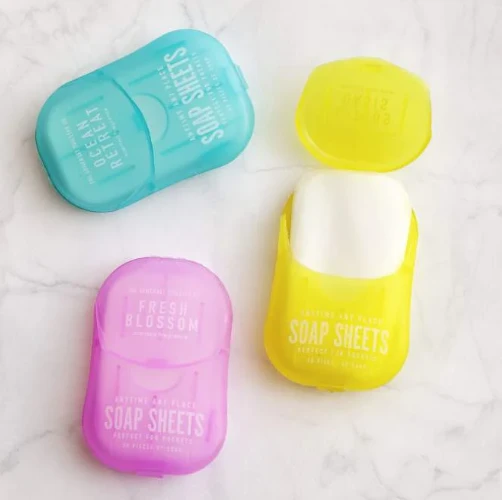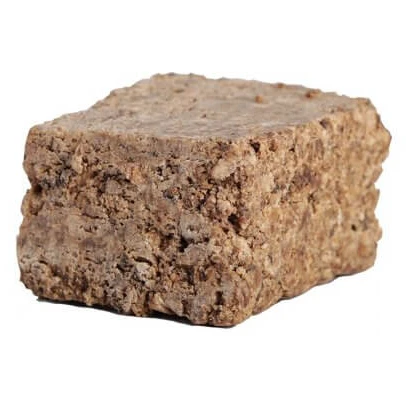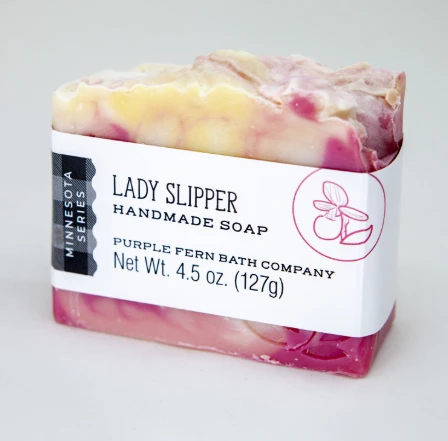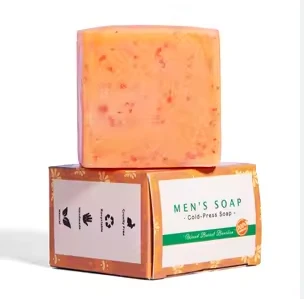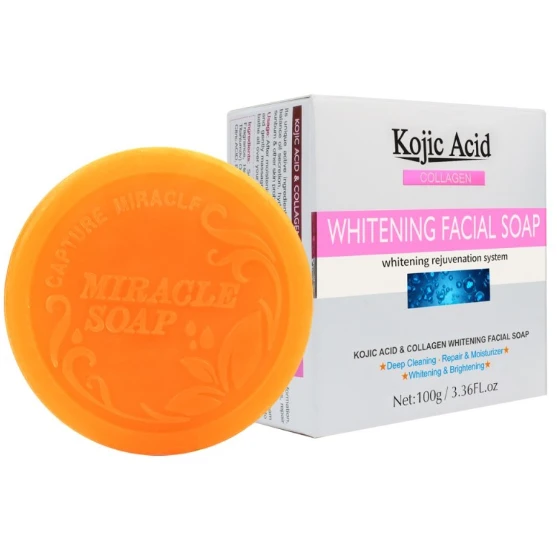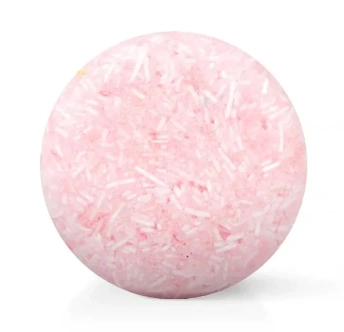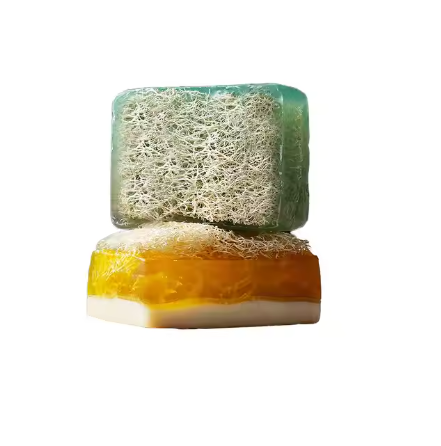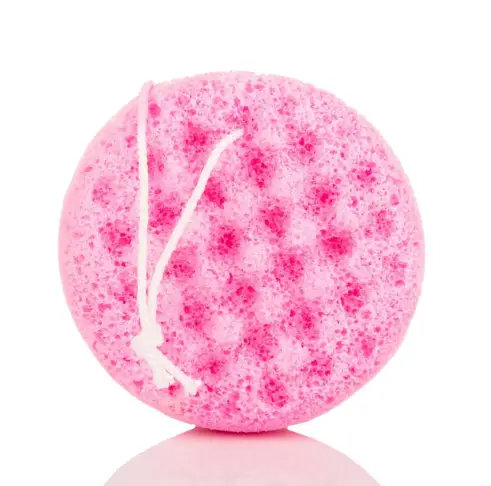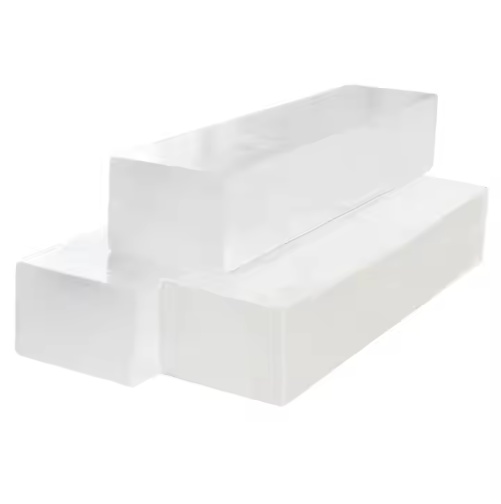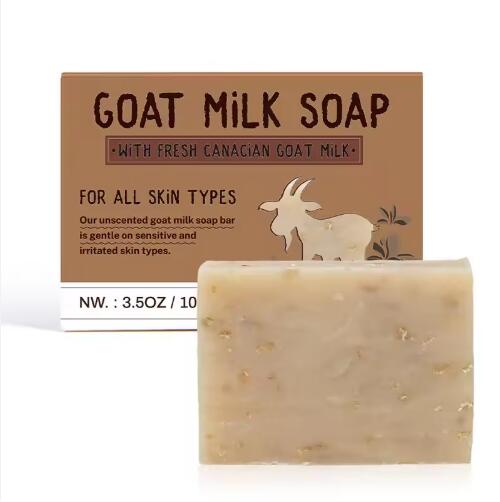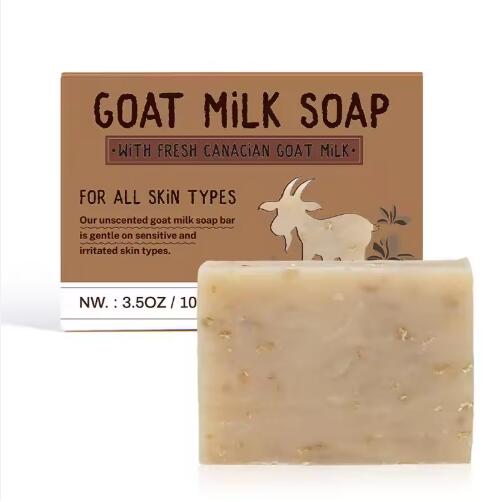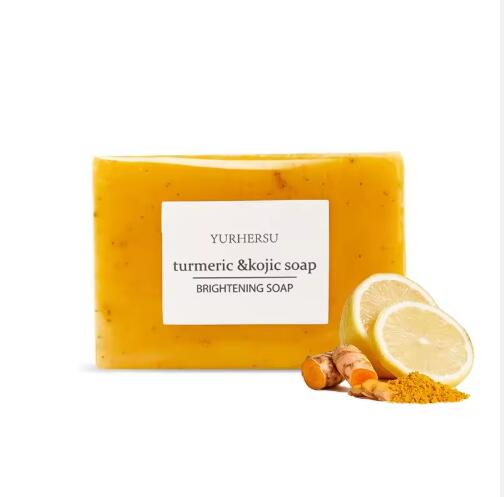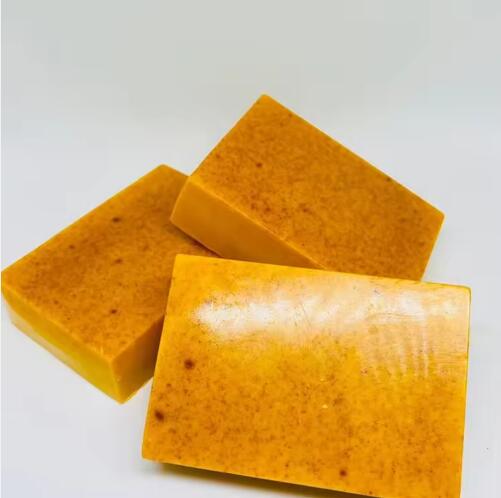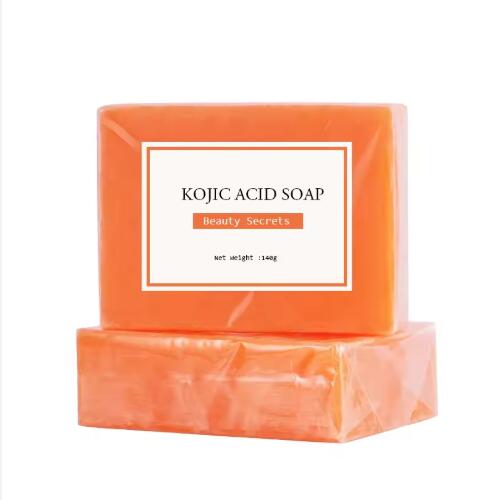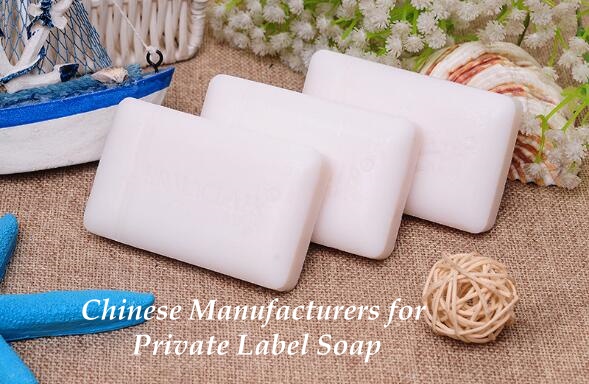How to Make Turmeric Soap: A Step‑by‑Step Guide to Brightening, Natural Skincare
Turmeric has long been praised as a great ingredient for skin care since it fights inflammation, protects against free radicals, and makes skin seem brighter. Turmeric Soap is becoming popular as a natural way to treat dull skin, acne scars, and dark spots.
This article will show you how to create turmeric soap at home, explain why it works so well, and show you how to change the recipe to fit your skin type or branding goals.
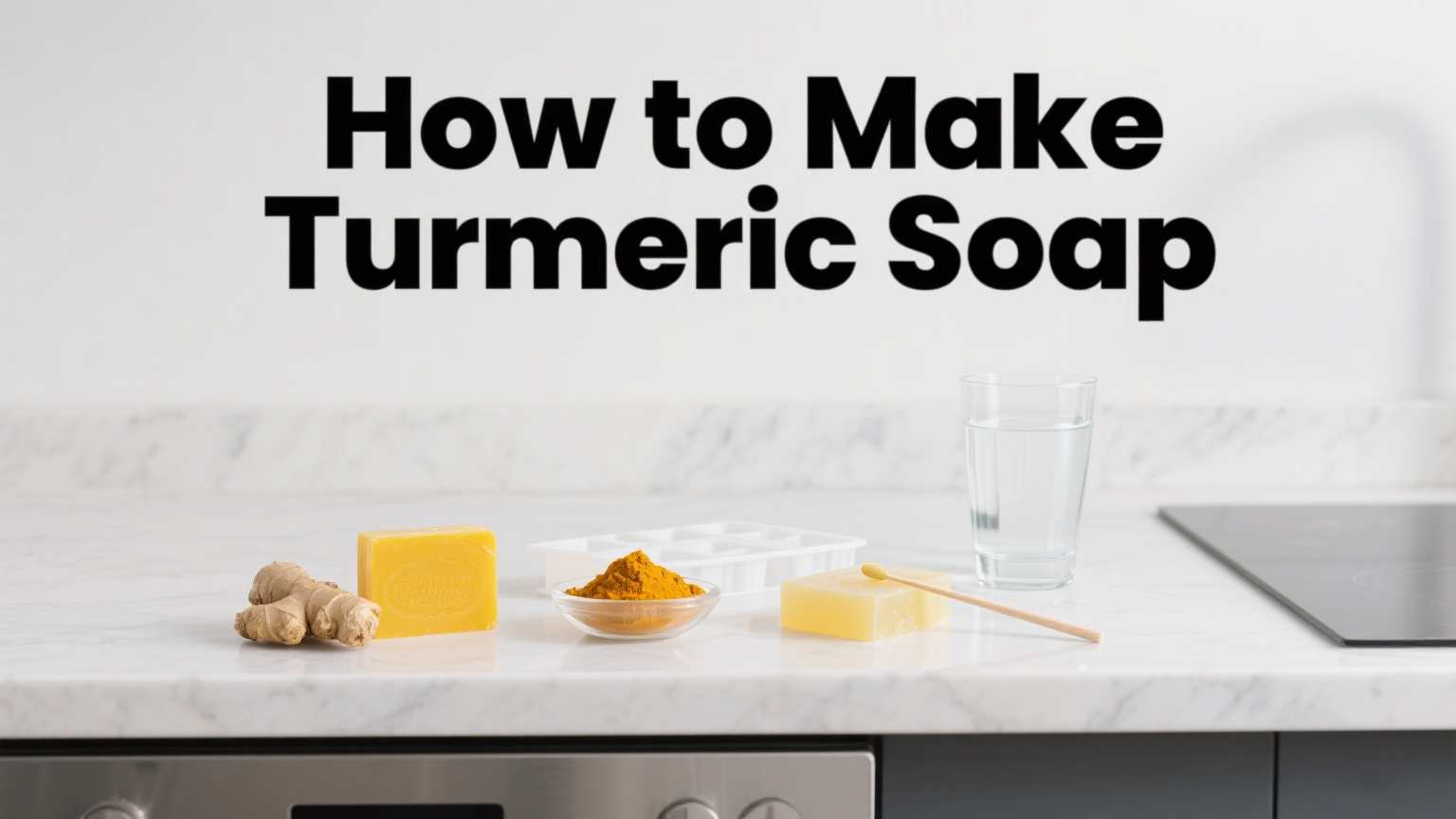
Why should you put turmeric in soap?
Curcumin, a powerful chemical found in turmeric, has many benefits for the skin:
- Slows down the formation of melanin, which naturally brightens the skin.
- It lowers inflammation, which makes it great for skin that is prone to acne.
- Stops free radicals from doing damage, which helps slow down the indications of ageing.
- It gives soap bars a beautiful golden colour that looks and works great.
Turmeric gives your soap a unique story and makes it more valuable, whether you're making it for yourself or for a company.
Ingredients & Tools You’ll Need
Key Ingredients:
| Ingredient | Function |
|---|---|
| Olive Oil | Moisturizing & conditioning base |
| Coconut Oil | Boosts lather & cleansing |
| Palm Oil (optional) | Adds hardness to the bar |
| Lye (NaOH) | Required for saponification |
| Distilled Water | Dissolves lye safely |
| Turmeric Powder | Provides natural color & skin benefits |
| Optional: Shea Butter, Honey, Glycerin | Adds nourishment & skin softness |
| Optional Essential Oils (e.g., tea tree, orange) | Fragrance and added function |
Required Tools:
- Heat-safe mixing containers
- Silicone soap mold
- Digital scale & thermometer
- Hand blender
- Safety gear: gloves, goggles, apron
- Well-ventilated working area
Step by Step: How to Make Soap with Turmeric
Step 1: Get the Lye Solution Ready
Add sodium hydroxide (NaOH) to cold distilled water slowly (never the other way around) and mix until it is completely dissolved. Let it cool down to between 38 and 43 degrees Celsius.
Step 2: Mix and heat the oils
Put the oils and butters in a different container and melt them over low heat. Then, let them cool to the same temperature as the lye solution.
Step 3: Mix the oils and lye together.
When both are at the right temperature, slowly pour the lye solution into the oils and use a stick blender to mix them until the mixture achieves "trace," which is like a light pudding.
Step 4: Add the turmeric and other things
Mix in your turmeric powder, essential oils, or honey and whisk until everything is well blended. Don't mix turmeric too much, as it will clump up or get colour blotches.
Step 5: Fill the mould
Put the soap in silicone moulds and lightly tap them to get rid of any air bubbles. Put a towel over it and keep it warm for 24 hours.
Step 6: Take off the mould and let it dry.
Take the soap out of the mould after 24 to 48 hours. Cut into bars and let them sit in a dry, well-ventilated area for 4 to 6 weeks. This will lower the pH and harden the soap.
Customization Tips for Skin Types & Brands
- For Dry Skin: Add goat milk or almond oil for extra hydration
- For Oily/Acne-Prone Skin: Add tea tree or neem oil
- For Sensitive Skin: Reduce turmeric concentration and avoid synthetic fragrances
- For Branding: Use layered pours to create visual appeal or emboss with your logo
Troubleshooting Common Issues
| Problem | Cause | Solution |
|---|---|---|
| Orange spots | Undissolved turmeric or overheating | Use pre-dispersed turmeric in oils |
| Soap too soft | Too much liquid or soft oils | Adjust recipe, extend cure time |
| High pH or skin irritation | Incomplete cure or lye imbalance | Extend curing; test with pH strip |
Tips for Selling and Packaging
- Use kraft boxes or cotton drawstring bags to help people remember your brand.
- Add a visible benefits label that says "Brightening," "Natural," and "Handmade."
- Think about adding turmeric-based products to your range, like cleanses, creams, and masks.
Why adding turmeric soap to your brand is a good idea
Not only is turmeric soap popular, but it also works, is good for you, and makes you feel good. Turmeric offers the following in a time when people are more aware of what they eat:
- A plant-based substitute for synthetic brighteners
- The power of storytelling comes from traditions that go back hundreds of years.
- A lot of people will want to buy things from you on e-commerce and social media.
Turmeric soap could stand out in a crowded market, whether you're a hobbyist or a business owner.
Want to start your own turmeric or Kojic Acid Soap brand?
Poleview Biotech Co., Ltd. is a professional manufacturer of personal care products based in Huizhou, China. They have many years of experience making functional whitening products like natural plant extract soaps, curcumin soaps, and ginger soaps.
Why should you choose Poleview as your OEM turmeric soap partner?
✅ OEM service everything in one place: from creating the formula to designing, packing, and shipping
✅ Very customizable—meet the needs of your market and skin issues
✅ Factory prices that are competitive—make the most of your profit margins
✅ Low minimum order quantity (MOQ) and adjustable scale make it perfect for small brands and businesses that are growing.
✅Strict quality control: GMP, ISO22716-certified, and ready for export

Poleview makes your business stand out with quality, new ideas, and dependable assistance, whether you're starting a line of private label turmeric soap or adding kojic acid soap to your current catalogue.
FAQ
1. Is turmeric soap beneficial for your skin?
Yes. People know that turmeric soap can help with inflammation, protect against free radicals, and make skin seem brighter. It can help clear up acne, lighten dark spots, and make your skin tone better on its own.
2. Can turmeric soap help brighten dark spots?
Yes, over time. Curcumin, which is found in turmeric, may help remove dark spots and level out skin tone if you use it regularly.
3. Will turmeric soap leave stains on the skin or towels?
If you utilise it too much, it can. If you use too much turmeric powder in the soap recipe, it may temporarily turn skin or textiles yellow. Use the right amount and rinse well.
4. How long should turmeric soap sit before using it?
Usually four to six weeks. This time lets the soap solidify and its pH level get to a safe level for skin.
5. Is it possible to create turmeric soap without lye?
Not if you're starting from scratch. Lye (NaOH) is needed for saponification in all soaps. But you may use a melt-and-pour Soap Base that has already been saponified and doesn't have any lye in it.
6. How much turmeric should I put in my soap?
Start with one teaspoon of oil for every pound (450g) of oil. If you use too much turmeric, it might colour your skin or make it clump. Before adding turmeric to the soap recipe, it's ideal to combine it with a little oil.
7. Is it possible to sell turmeric soap that I prepared myself?
Yes, but make sure your formula follows the rules for cosmetics in your area. Many small firms work with OEM manufacturers like Poleview Biotech to make private-label turmeric soaps that seem more professional.

